Juksáhkka: The Bow Woman
Juksáhkka is one of the three daughters of Máttaráhkká, known as The Mother. Juksáhkka worked with her mothers and sisters…
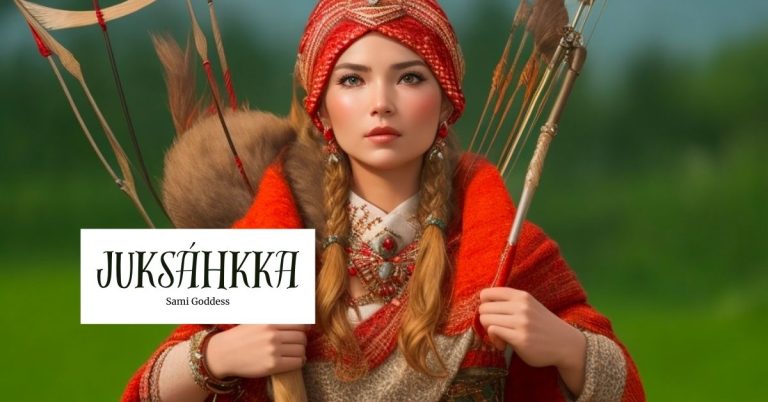
Juksáhkka is one of the three daughters of Máttaráhkká, known as The Mother. Juksáhkka worked with her mothers and sisters…
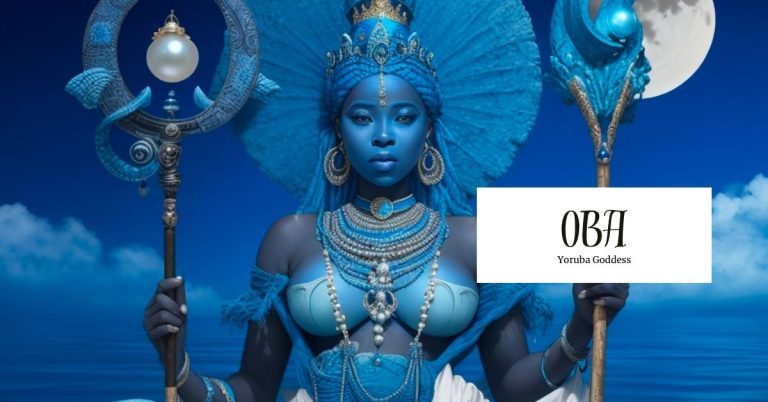
Oba is a revered goddess of rivers and the waters within the Yoruba religion. Her worshippers occupy a place within…
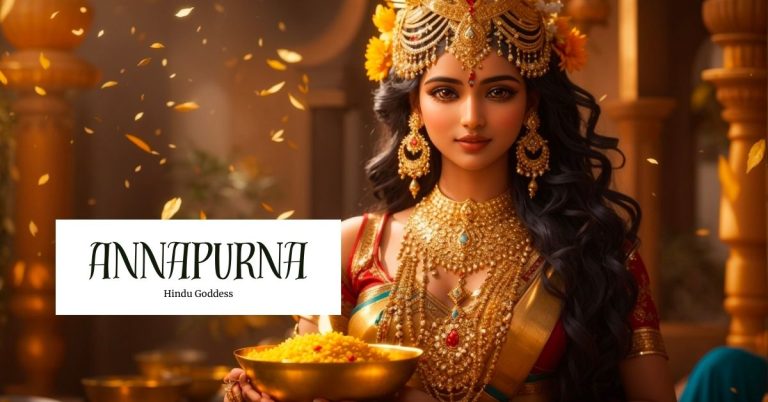
The pantheon of Hindu mythology is a rich tapestry of deities that hold significant positions, each representing different aspects of…
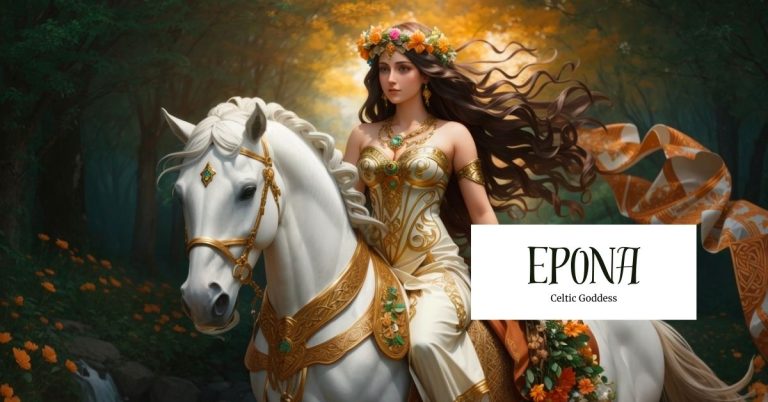
In the realms of ancient Celtic mythology, Goddess Epona stands as a revered and enigmatic figure, embodying the qualities of…
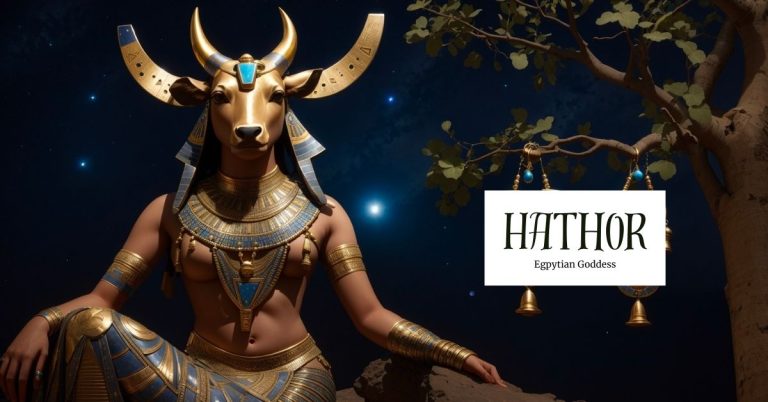
Hathor was at one time the most popular and important female goddess in Egyptian mythology, before she was overshadowed by…
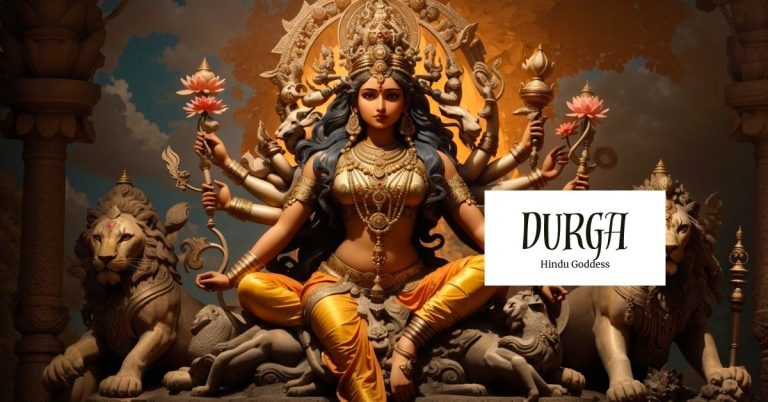
Durga, the Hindu goddess, is an awe-inspiring deity who embodies the essence of feminine strength and courage. In Indian mythology,…
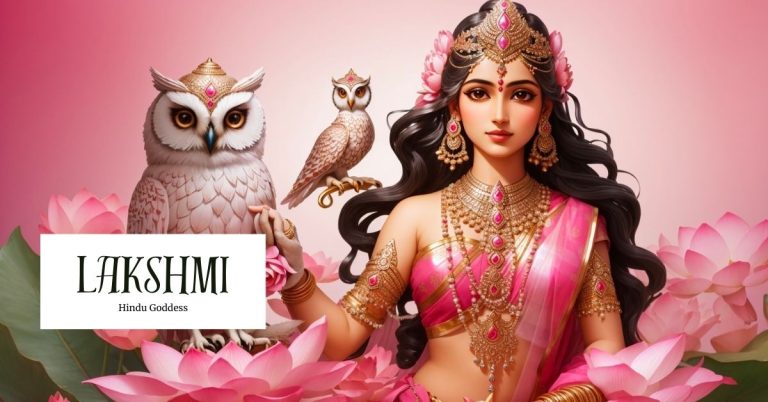
Lakshmi, the goddess of wealth, prosperity, and fortune, is a revered figure in Hindu mythology with immense significance to millions…
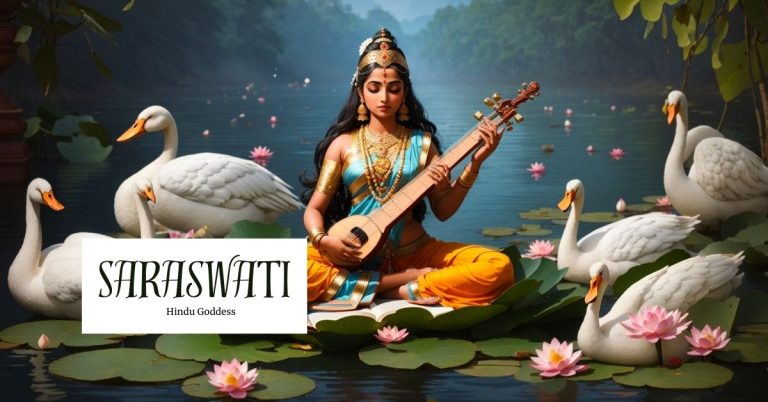
In Hinduism, Saraswati holds a position of high reverence and is the goddess of knowledge, arts, and wisdom. As an…
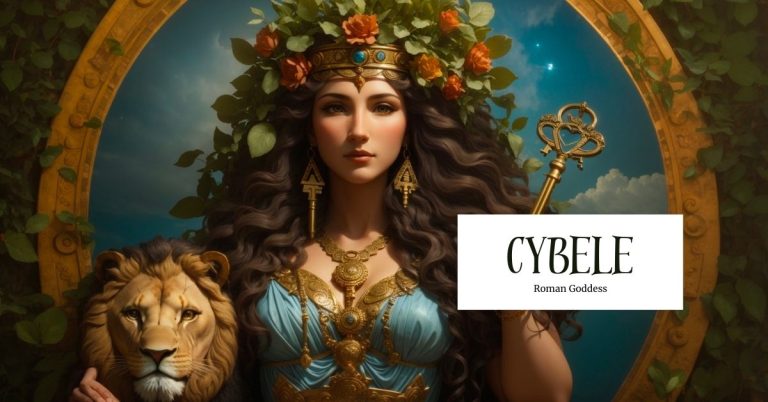
Cybele, the Roman goddess of fertility and nature, holds a place of profound intrigue and enigma within ancient mythology. With…
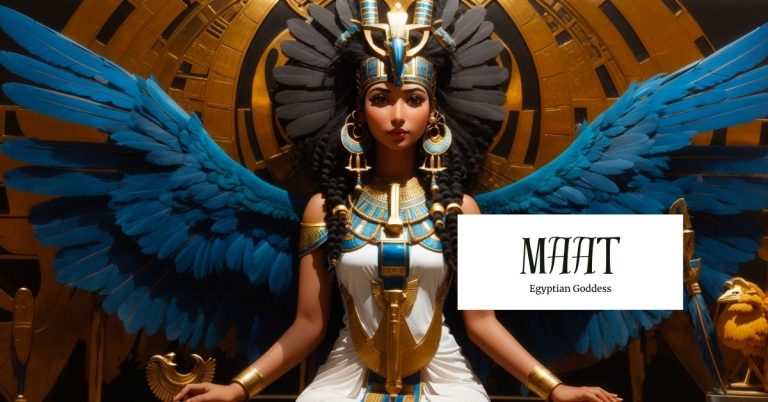
The goddess Maat, but also the name of the Egyptian system of laws. Maat is more of a concept and…